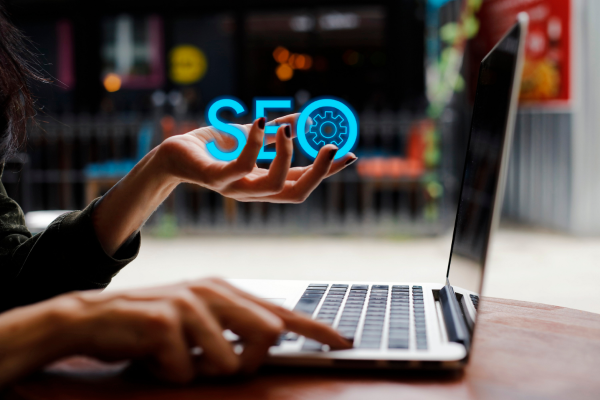In today’s digital landscape, having a website or online presence is crucial for businesses and individuals alike. However, with millions of websites vying for attention, it can be challenging to stand out from the crowd. This is where Search Engine Optimization (SEO) comes into play. In this blog post, we’ll delve into the world of SEO, exploring its benefits, techniques, and best practices to help you boost your online visibility.
What is SEO?
SEO is the process of optimizing your website to rank higher in search engine results pages (SERPs) for specific keywords and phrases. This involves understanding how search engines like Google, Bing, and Yahoo work, and using various techniques to improve your website’s visibility and credibility.
Benefits of SEO
- Increased online visibility: By optimizing your website for search engines, you can increase your online presence and reach a wider audience.
- Targeted traffic: SEO helps you attract targeted traffic, which means people who are actively searching for the products or services you offer.
- Cost-effective: SEO is a cost-effective marketing strategy compared to paid advertising methods like PPC.
- Improved brand credibility: A higher search engine ranking can establish your brand as an authority in your industry.
Keyword Research
Keyword research is the foundation of SEO. It involves identifying relevant keywords and phrases your target audience uses to search for your products or services. Tools like Google Keyword Planner, Ahrefs, and SEMrush can help you find the best keywords for your website.
On-Page Optimization
On-page optimization involves optimizing individual web pages to rank higher in search engines. This includes:
- Optimizing titles and descriptions: Writing unique, descriptive titles and descriptions for each page.
- Header tags: Using header tags (H1, H2, H3, etc.) to structure your content.
- Content optimization: Creating high-quality, engaging content that includes your target keywords.
- Image optimization: Optimizing images by using descriptive alt tags and file names.
Technical Optimization
Technical optimization involves improving your website’s technical aspects to make it search engine friendly. This includes:
- Page speed: Ensuring your website loads quickly (less than 3 seconds).
- Mobile-friendliness: Ensuring your website is responsive and works well on mobile devices.
- SSL encryption: Installing an SSL certificate to secure your website.
- XML sitemap: Creating and submitting a sitemap to help search engines understand your website’s structure.
Link Building
Link building involves acquiring high-quality backlinks from other websites to increase your website’s authority and ranking. This can be achieved through:
- Guest blogging: Writing guest posts for other websites in your industry.
- Broken link building: Finding and replacing broken links with your own content.
- Resource pages: Creating resource pages that link to other high-quality websites.
Local SEO
Local SEO is crucial for businesses with a physical location. This involves:
- Google My Business: Claiming and optimizing your Google My Business listing.
- Local citations: Building consistent citations across the web.
- Location-based keywords: Including location-based keywords in your content.
SEO Tools
There are many SEO tools available to help you optimize your website. Some popular tools include:
- Google Analytics: Tracking website traffic and behavior.
- SEMrush: Auditing and optimizing your website’s technical aspects.
- Ahrefs: Analyzing backlinks and content performance.
Conclusion
SEO is a powerful marketing strategy that can help you boost your online visibility, drive targeted traffic, and increase your brand credibility. By following the techniques and best practices outlined in this guide, you can improve your website’s ranking and reach new heights in the world of search engines.
FAQs
What is the difference between SEO and PPC?
SEO is a long-term strategy that focuses on organic rankings, while PPC is a paid advertising method that displays ads at the top of search engine results.
How long does it take to see SEO results?
SEO results can take anywhere from a few weeks to several months, depending on the competitiveness of your industry and the quality of your optimization efforts.
Is SEO a one-time process?
No, SEO is an ongoing process that requires regular monitoring, optimization, and content creation to maintain



